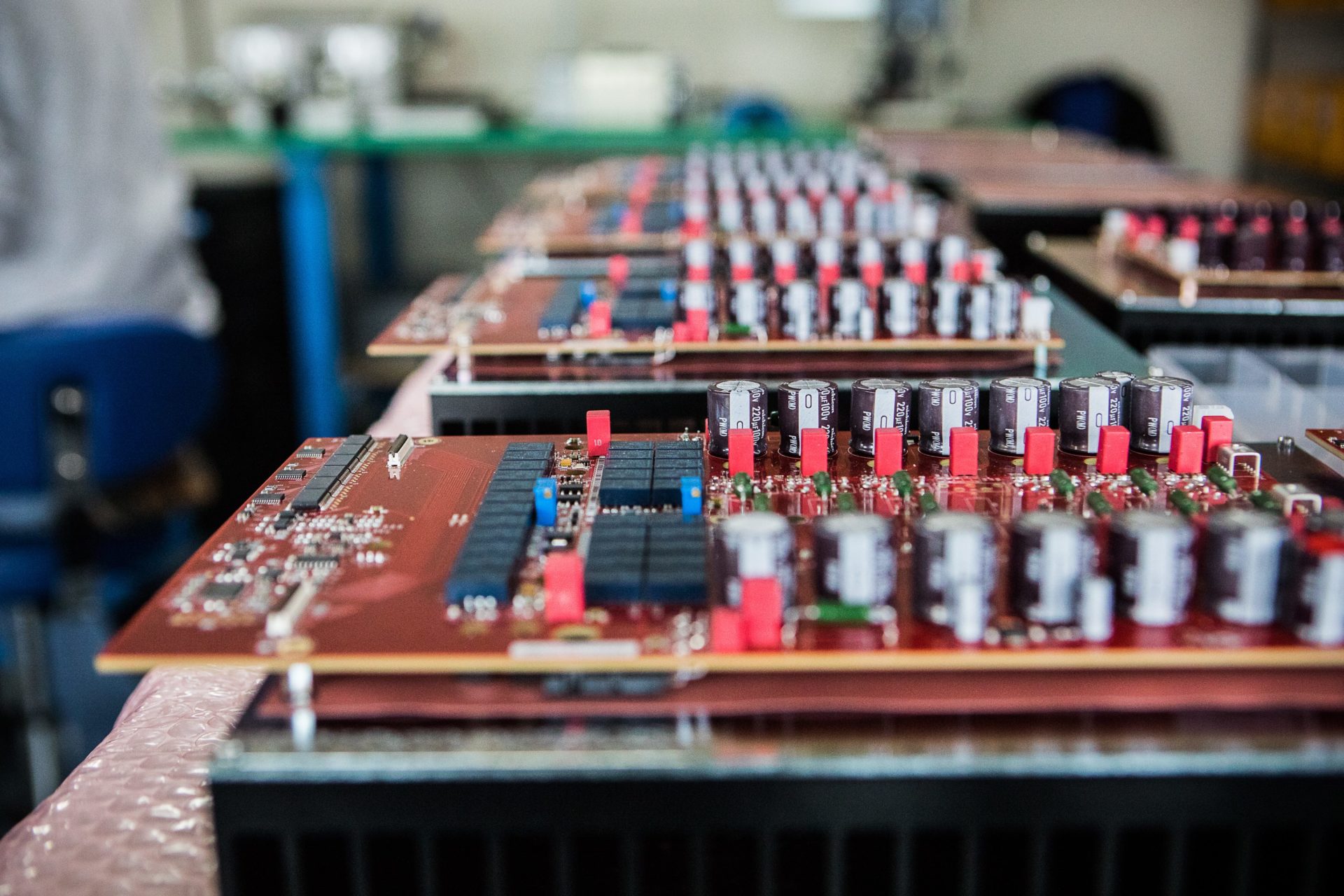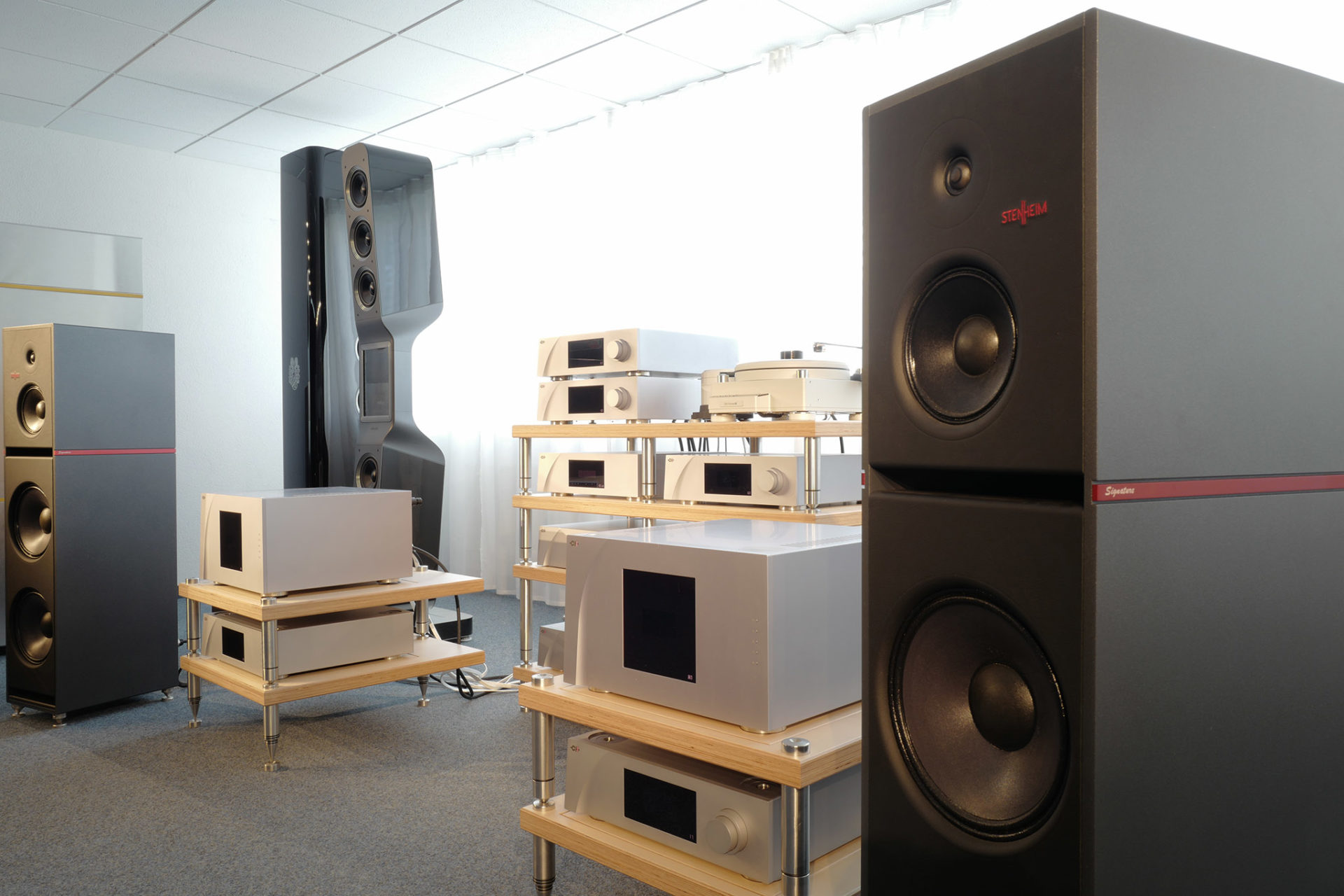The technology and techniques employed in the design and construction of CH Precision products don’t come cheap – but then, when performance counts you can’t cut corners to cut costs. Besides which, value is about a lot more than just price. It’s about performance, how much performance you achieve and how long that performance lasts – and longevity is something that’s hardwired into the DNA of every CH Precision product…
The modular, card-cage construction embodies the ability to define, adapt, upgrade and expand each product. Not only can input options be specified at the time of purchase, they can be altered later if your system requirements change, or replaced if new standards, technologies or advances in circuitry emerge. The expensive chassis, audio architecture and PSU components you have invested in can constantly adapt to advances in source components, changes in speakers or the latest new encoding system: so much more efficient and cost-effective than having to swap out a whole product for a newer or different model.
But it goes far further than just modularity and upgradeability. As the old adage goes, it’s not what you do, it’s how you do it that counts. So, when we announced a major upgrade to the M1 amplifier, the cost of that upgrade included a visit from a CH Precision accredited technician to the owner’s home to install the new parts and check the revised unit in situ. It’s an approach that eliminated the cost and inconvenience of having to pack and ship a heavy unit back to the manufacturer or distributor. It also eliminated the risk of loss or damage in transit and minimised system downtime, as well as allowing end-users a genuine chance to compare the performance of their original unit with their revised M1.1!
The modular construction also underpins the in-built scalability of the CH solution. What do we mean by scalability? The option to evolve a CH Precision component into dual chassis, dual mono form and even double up external power supplies for a true-mono implementation. So, in the case of our C1 DAC/Controller, as well as reconfiguring inputs as your requirements change, you can also upgrade performance with an X1 external power supply to provide high-quality, low-noise, highly regulated DC to the critical audio circuits.
The next step might be to take the C1 and turn it into a C1 Mono, with a single input/control chassis and an independent DAC for each channel, each built into its own separate chassis. Adding a second output card to the X1 would allow it to run both DAC channels, supplying the same superior DC feed to each. After that, you could add a T1 Reference Clock and even go so far as to employ a dedicated X1 supply for each digital box (and even the control unit). That makes for an extravagant and complex solution, but it is one that you can achieve in multiple bite-sized steps – and without cost penalty. So owners of a C1 can upgrade it to full C1 Mono, three-chassis form for the difference in purchase price between the two.


